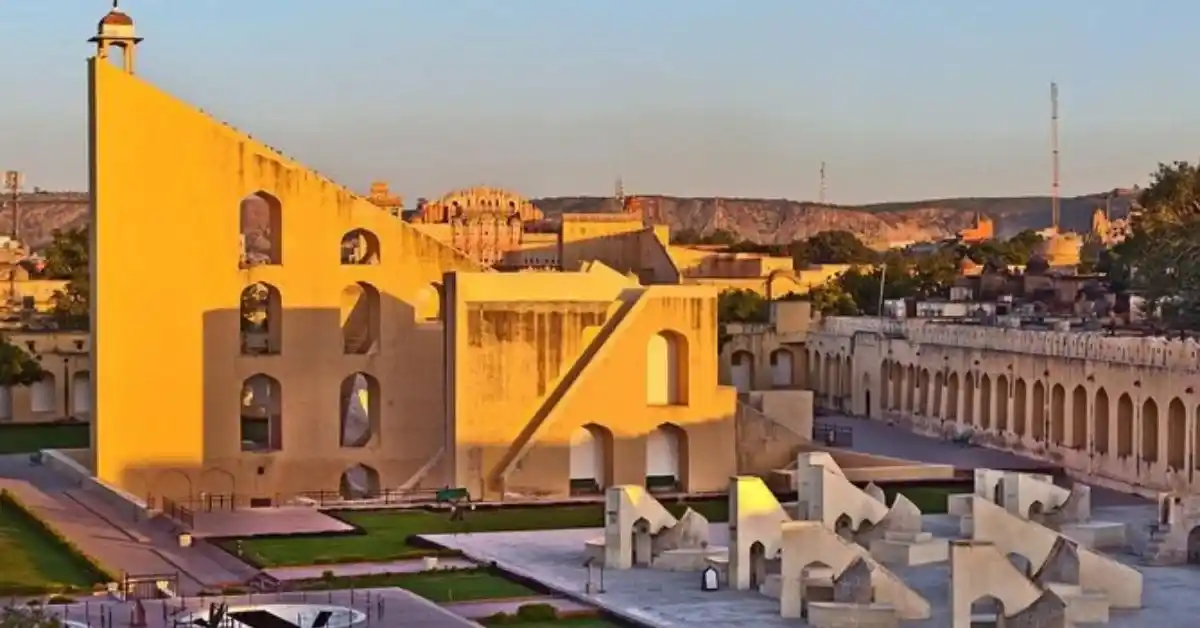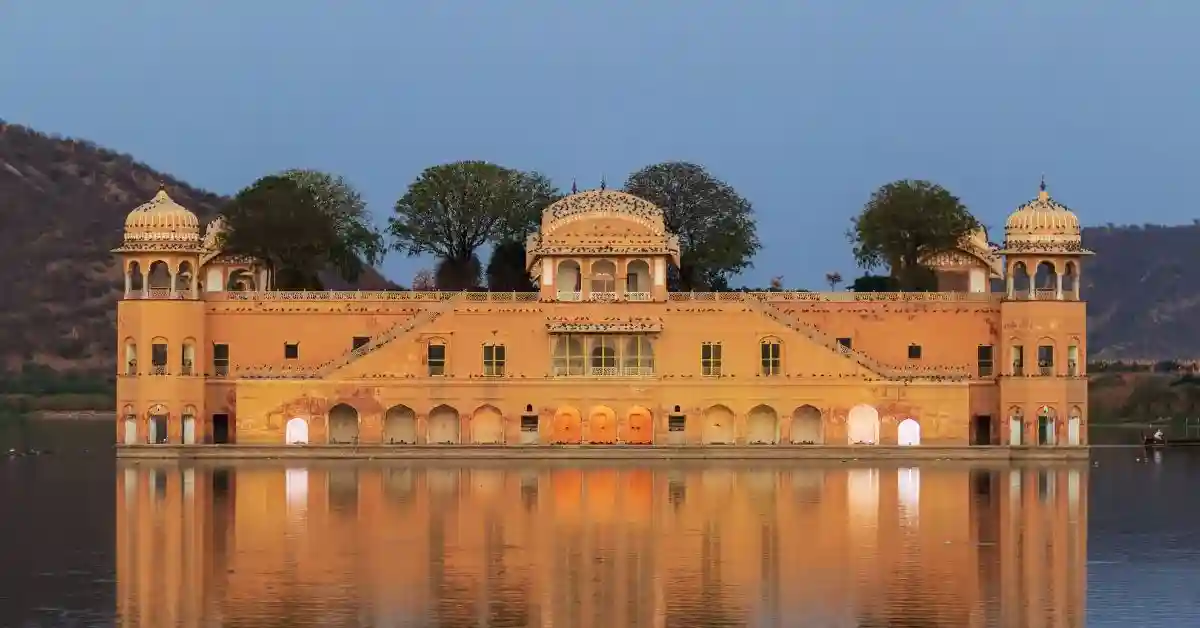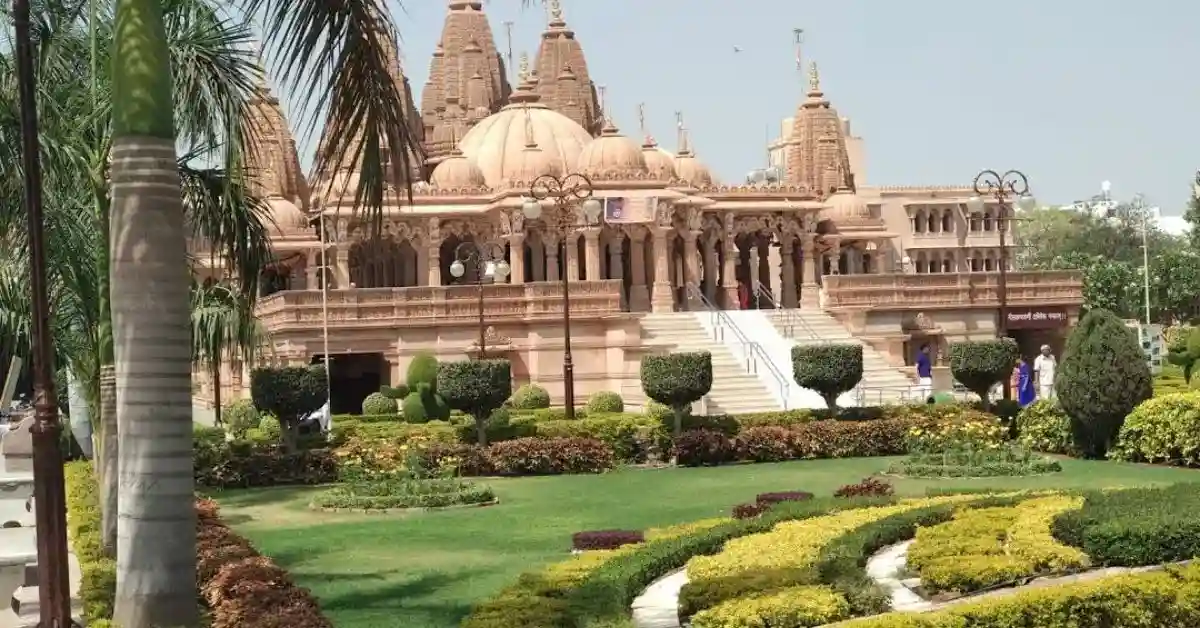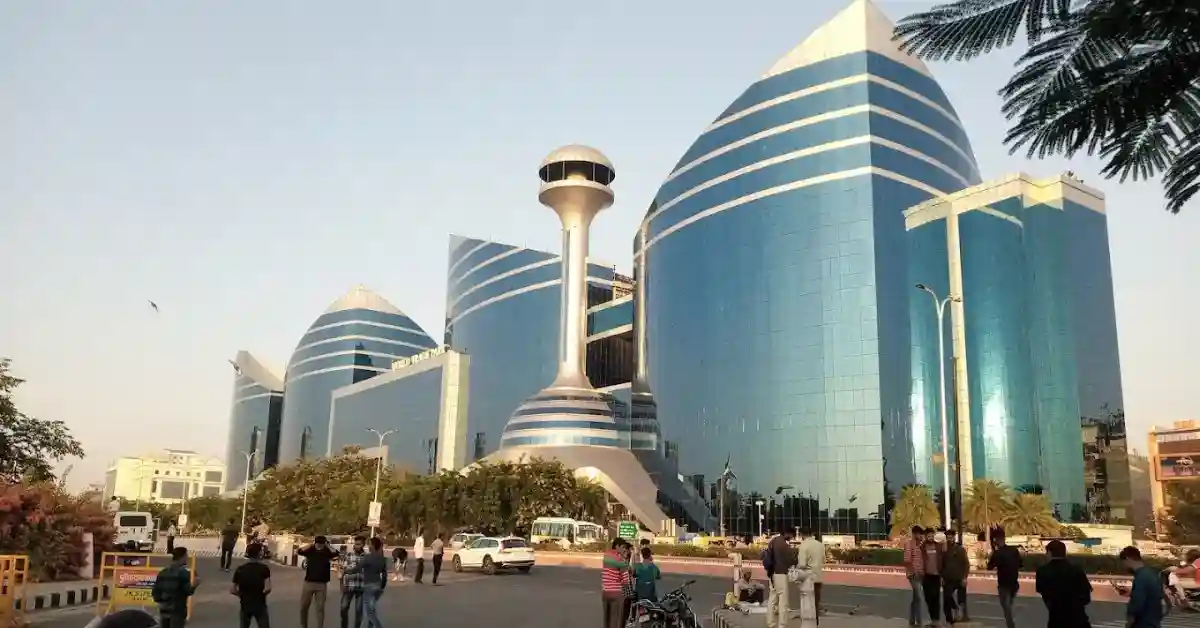About Jantar Mantar Jaipur
Jantar Mantar Jaipur is an astronomical observatory situated near City Palace and Hawa Mahal in Jaipur. It was built in 1734 by Maharaja Sawai Jai Singh II, who was a keen astronomer and wanted to create an accurate astronomical observatory. Jantar Mantar means “instruments used to calculate”.
Jantar Mantar of Jaipur is the largest and well maintained of its five observatories. It has a collection of some of the best astronomical instruments in the world. The observatory has a collection of 19 instruments which are made of stone and brass. This collection of instruments helps one in observing astronomical positions with the naked eye. It also features the world’s largest stone sundial “Vrihat Samrat Yantra”.
Jantar Mantar of Jaipur is now preserved as a monument and hosts educational activity sessions, guided tours, music & light shows. It has been recognised as a UNESCO World Heritage and attracts a huge number of visitors around the globe who are interested in astronomy, history and architecture. It is a great place of learning for people of all ages.
History & Architecture Of Jantar Mantar Jaipur
Jantar Mantar Jaipur was constructed by Maharaja Sawai Jai Singh II of Jaipur, who was a brilliant astronomer. He constructed five astronomical observatories across North India at Delhi, Jaipur, Ujjain, Mathura and Varanasi. The Jantar Mantar of Delhi was the first and Jantar Mantar of Jaipur is the largest. However, out of these five, only four of these architectural marvels remain as the one in Mathura was demolished before the revolt of 1857.
The main purpose behind its construction was to collect astronomical tables and predict the time and movement of celestial bodies like the planets, sun and moon. Still today, some of the instruments of Jantar Mantar of Jaipur show accurate time to about 2 seconds. Maharaja Sawai Jai Singh II wants to refine Islamic Zij to determine the exact time and he also wanted to create a well-defined calendar which will allow accurate astrological predictions for the benefit of mankind.
Jantar Mantar of Jaipur was constructed using local stone and marble at an area of about 18,700 sq. m. All instruments of Jantar Mantar carry an astronomical scale, generally on the marble inner lining. The materials used to construct these instruments include stone, marble, bricks, mortar and bronze tablets. These instruments are arranged in a wide open space and are surrounded by a high wall.
Jantar Mantar of Jaipur is a testament of Indian architecture and engineering. Its instruments are designed to be functional as well as aesthetically pleasing. The Jantar Mantar of Jaipur was completed in 1734 and restored several times during British colonial rule and again in 2006. Jantar Mantar was declared as a national monument and came under the management of the Archaeological sites in 1948. The Jantar Mantar of Jaipur was also included in the list of UNESCO World Heritage Sites in 2010.
Astronomical Instruments At Jantar Mantar Jaipur
Jantar Mantar of Jaipur is the largest observatories with 19 instruments which are used in predicting eclipses, time, tracking of the stars, etc. Following are the instruments available at Jantar Mantar of Jaipur:
- Vrihat Samrat Yantra: It is a 27 metre huge sundial which measures local time with an accuracy of 2 seconds with the help of shadow cast of sunlight.
- Laghu Samrat Yantra: This 27 degree inclined instrument is used to calculate the time of Jaipur. It is a small sundial, also known as small Samrat Yantra and it can calculate the time with an accuracy of 20 seconds.
- Ram Yantra: This instrument is used to measure the elevation & position of celestial objects. It helps in guiding the positions both day and night by aligning the shadow on the top of the pillar with floor/wall.
- Jaya Prakash Yantra: This instrument has two hemispherical bowls with marble slabs that look like sundials. It shows the elevation, hour angles and exact position of heavenly bodies with the help of the inverted image of the sky that gets on its slab.
- Chakra Yantra: It is a ring type instrument which helps in calculating the coordinates and the hour angle of the sun.
- Digamsha Yantra: This instrument with the help of a pillar in the middle of two concentric outer circles calculates the time of sunrise and sunset
- Nadi Valaya Yantra: This instrument can measure the accurate timings of the day in less than a minute with the help of two plates facing north and south such that it looks like two hemispheres of Earth parallel to the equatorial plane.
- Kranti Vritta Yantra: This instrument is used to measure the latitude and longitude of the celestial bodies.
- Dakshin Bhitti Yantra: This instrument helps in measuring the meridian, altitude of the celestial bodies.
- Unnatamasa Yantra: This instrument measures the altitude of celestial bodies.
- Disha Yantra: It helps in determining the direction of the sun and other celestial bodies.
- Dhruva Darshak Pattika: This instrument is used to observe and locate the pole star.
- Kapali Yantra: This instrument is used to measure the coordinates of celestial bodies.
- Kanali Yantra: It is used to measure the height of the sun, moon, stars and other celestial bodies.
- Misra Yantra: It is a combination of five astronomical instruments.
- Rashi Valaya Yantra: This instrument measures the ecliptic coordinates of stars and planets.
- Shastansh Yantra: This instrument helps in calculating the Zenith distance, declination and Sun’s diameter.
- Palbha Yantra
- Yantra Raj Yantra
Things To Do At Jantar Mantar Jaipur
- Take a guided tour to explore the various astronomical instruments and gain a deeper understanding of the scientific and historical significance of Jantar Mantar.
- Learn about the specific functions and purposes of each instrument such as measuring time, predicting eclipses and determining celestial coordinates.
- Capture the unique and intricate structures of Jantar Mantar.
- Pay special attention to the sundials such as the Samrat Yantra to observe how they function as timekeeping devices based on the position of the sun.
- Consider exploring these nearby places after your visit as Jantar Mantar is located near other popular attractions such as the City Palace and Hawa Mahal.
- Enjoy the panoramic views of the surrounding area from the observation platforms within the complex.
Jantar Mantar Jaipur Tickets Price/Entry Fees
The ticket price of Jantar Mantar Jaipur for Indians is Rs 52 and Indian students is Rs 22. The entry fee of Jantar Mantar Jaipur for Foreigners is Rs 202 and for foreign students is Rs 102.
| Category | Tickets Price |
|---|---|
| Indians | Rs 52 |
| Indian Students | Rs 22 |
| Foreigners | Rs 202 |
| Foreign Students | Rs 102 |
Jaipur Composite Ticket Price
The Jaipur Composite ticket price is Rs 422 for Indian Tourist & Rs 112 for Indian Students. The Jaipur Composite ticket price for Foreign Tourist is Rs 1102 & for Foreign student is Rs 352. It is valid for monuments like Amber Palace, Nahargarh Fort, Hawa Mahal, Albert Hall Museum, Jantar Mantar, Sisodiya Garden, Vidyadhar Garden and Isarlat Sargasuli. The composite ticket of Jaipur is valid for two days from the date of its issue.
| Category | Tickets Price |
|---|---|
| Indian Tourist | Rs 422 |
| Indian Student | Rs 112 |
| Foreign Tourist | Rs 1102 |
| Foreign Student | Rs 352 |
Jantar Mantar Jaipur Online Ticket Booking
You can book the online ticket of Jantar Mantar for Jaipur from the ticket counter.
Jantar Mantar Jaipur Timings
The timings of Jantar Mantar Jaipur is from 9 AM to 4:30 PM. The opening time of Jantar Mantar of Jaipur is 9 AM & its closing time is 4:30 PM.
Best Time To Visit Jantar Mantar Jaipur
The best time to visit Jantar Mantar in Jaipur is during winter season from October to March. The weather during this time is pleasant and comfortable for exploring the outdoor observatory. You can also visit Jantar Mantar during weekdays to avoid crowd as it is less crowded than weekends. It may take you around 1-2 hour to visit Jantar Mantar.
Jantar Mantar Jaipur Photos/Images
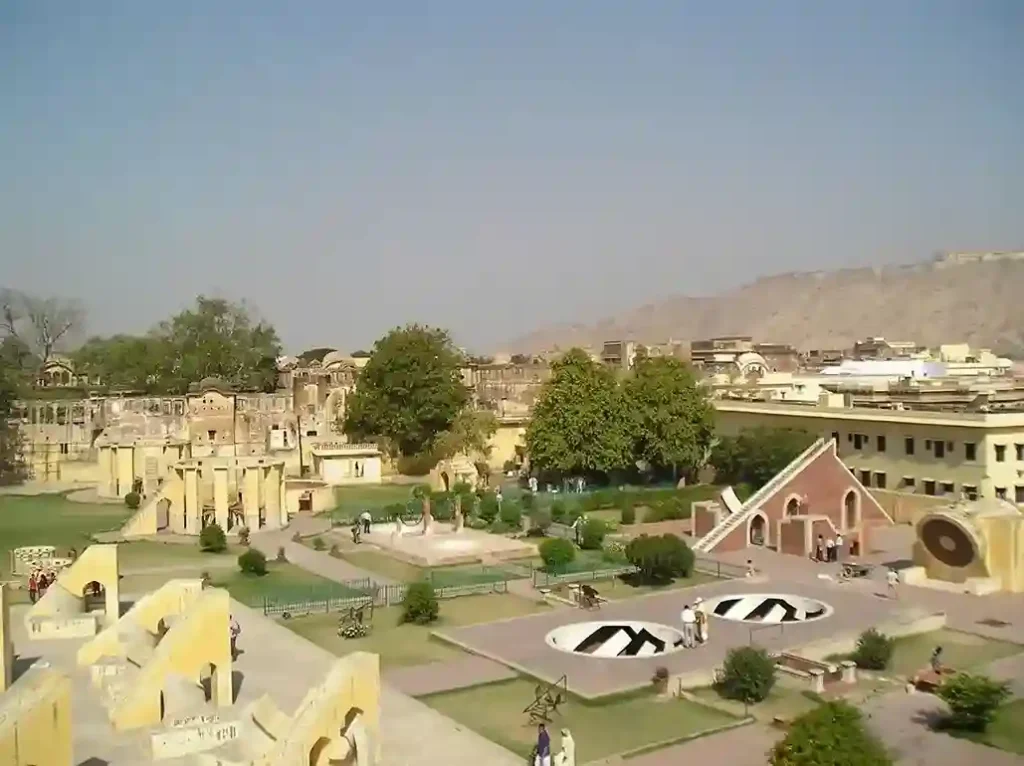
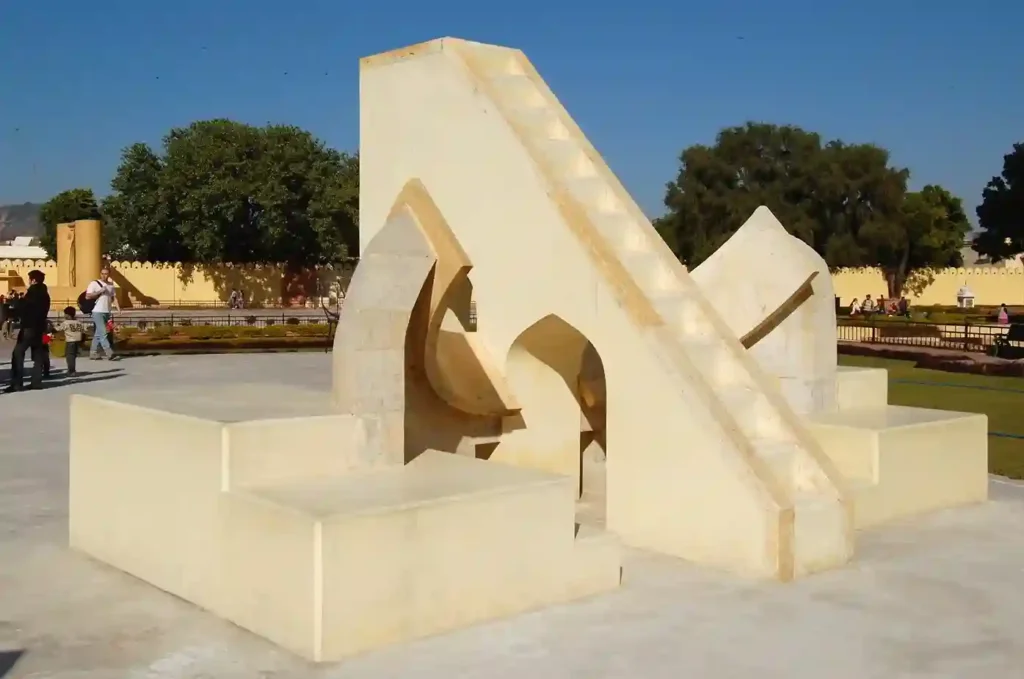
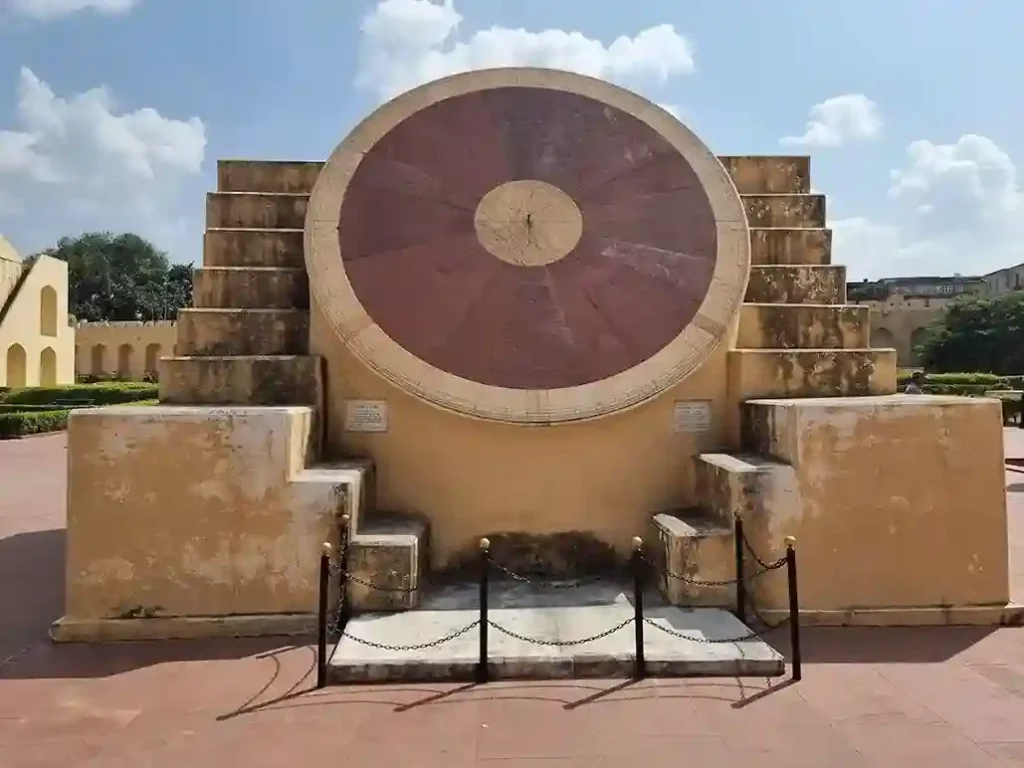
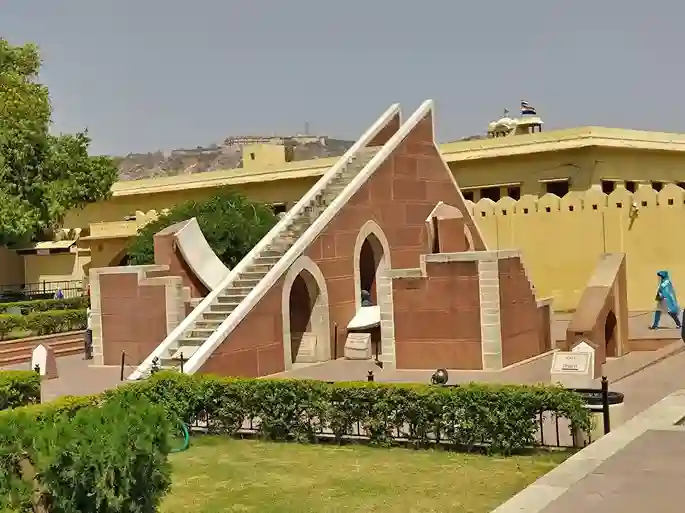
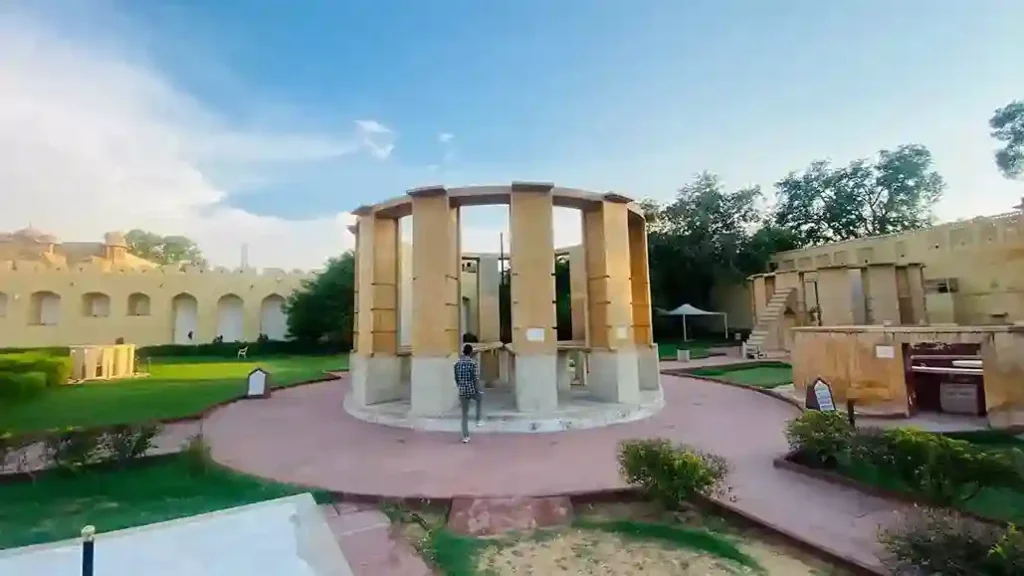
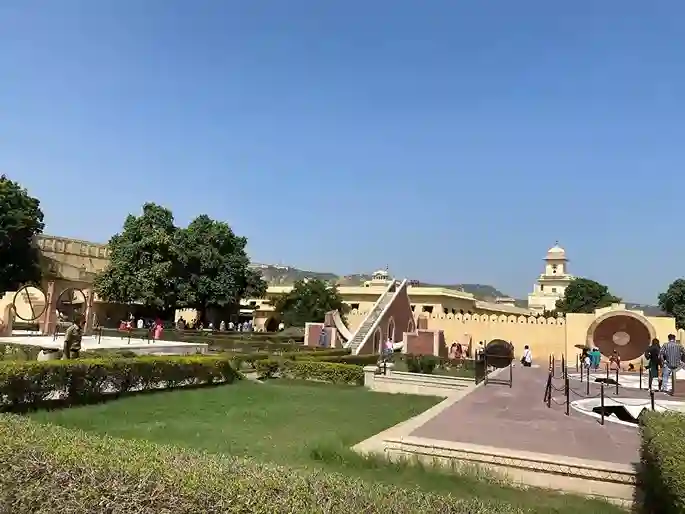
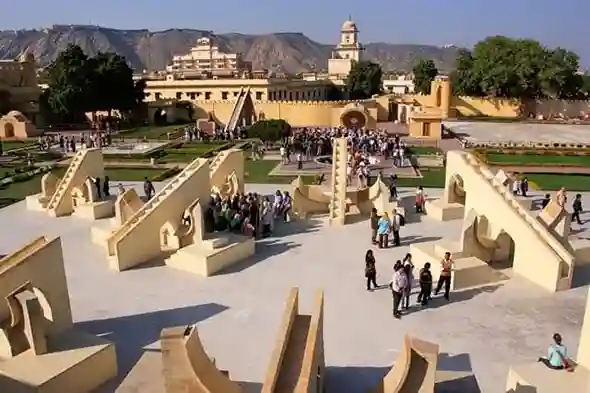
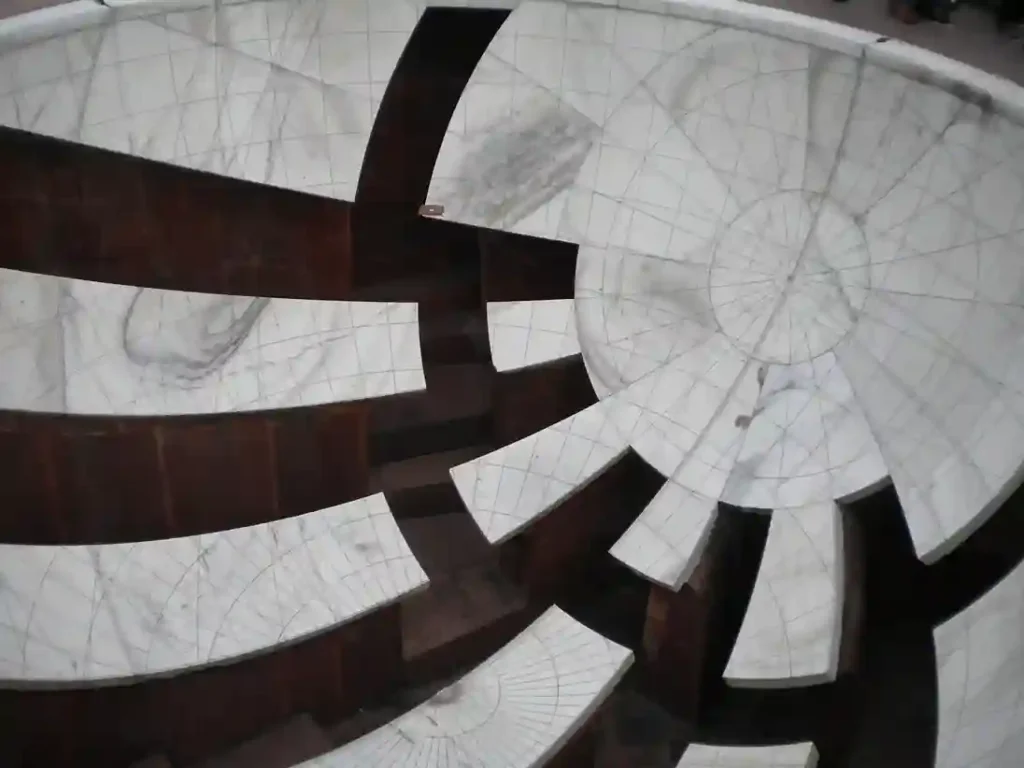

Facilities At Jantar Mantar Jaipur
- Washrooms
- Drinking Water
- Restrooms
- Information Board
- Guide Service
- Audio Guide
- Cafe
- Parking Facility
Address Of Jantar Mantar Jaipur
Jantar Mantar of Jaipur is situated at Gangori Bazaar, J.D.A. Market, Pink City, Jaipur.
How To Reach Jantar Mantar Jaipur
Jantar Mantar is situated at Gangori Bazaar, J.D.A. Market, Pink City, Jaipur. It is easily accessible from all parts of the city. You can reach here by the following modes of the transport:
By Metro: The Nearest Metro station to Jantar Mantar of Jaipur is Badhi Chaupar metro station which is 850m away from the Jantar Mantar. From there, you can take a rickshaw or easily walk to the monument.
By Bus: The Nearest Bus stop to Jantar Mantar of Jaipur is Tirpolia Bazar Bus Stop. You can reach Tirpolia Bazar Bus stop by Bus no. 1 & 3A.
By Rail: The Nearest Railway Station to Jantar Mantar is Jaipur Railway Junction which is 4Km away from the monument.
By Air: The Nearest Airport to Jantar Mantar of Jaipur is Jaipur International Airport which is 13.5Km from the monument.
By Cab/Rickshaw: You can easily reach Jantar Mantar Jaipur by Cab or Rickshaw.
By Personal Vehicle: You can easily reach Jantar Mantar by your personal Vehicle.
Parking Facility At Jantar Mantar Jaipur
Paid Parking Facility is available near the Jantar Mantar of Jaipur.
Website Of Jantar Mantar Jaipur
The official website for Jantar Mantar of Jaipur is https://www.tourism.rajasthan.gov.in/
Contact Number Of Jantar Mantar Jaipur
You can contact Jantar Mantar for Jaipur at 0141 261 0494.
Places To Visit Near Jantar Mantar Jaipur
Top attractions to visit near Jantar Mantar Jaipur:
- The City Palace (100 m)
- Tripolia Gate (400 m)
- Shri Govind Dev ji Mandir (650 m)
- Hawa Mahal (700 m)
- Bapu Bazar (1.2 Km)
- Sanganeri Gate (1.6 Km)
- Ramniwas Bagh (1.7 Km)
- Albert Hall Museum (1.8 Km)
- Jaipur Zoo (1.9 Km)
- Gaitor Ki Chhatriyan (2.5 Km)
- Nahargarh Fort (3.1 Km)
- Birla Planetarium (3.5 Km)
- Central Park (3.6 Km)
- Moti Dungri Ganesh Ji Mandir (3.9 Km)
- Birla Mandir Jaipur (4.1 Km)
- Shri Khole Ke Hanuman Ji Ka Mandir (4.2 Km)
- Khazana Mahal Jaipur (4.4 Km)
- Jal Mahal Jaipur (4.5 Km)
- Sisodia Rani ka Bagh (5.6 Km)
- Kanak Vrindavan Park (5.7 Km)
- Amber Palace (7.9 Km)
- World Trade Park (8.5 Km)
- Jaigarh Fort (8.6 Km)
- Akshardham Temple (10 Km)
People Also Read
Location Map For Jantar Mantar Jaipur
FAQs
What is Jantar Mantar?
Jantar Mantar is an astronomical observatory situated in Jaipur, India. It was built in the 18th century by Maharaja Sawai Jai Singh II. It has 19 large astronomical instruments used to measure time, predict eclipses, track stars and study celestial phenomena.
What are the timings of Jantar Mantar?
The timings of Jantar Mantar of Jaipur is from 9 AM to 4:30 PM.
What is the opening & closing time of Jantar Mantar Jaipur?
The opening time for Jantar Mantar of Jaipur is 9 AM & its closing time is 4:30 PM.
What is the ticket price of Jantar Mantar for Jaipur?
The ticket price of Jantar Mantar Jaipur for Indians is Rs 52 & foreign tourist is Rs 202.
What is the entry fee of Jantar Mantar Jaipur for students?
The entry fee of Jantar Mantar Jaipur for Indian students is Rs 22 & Foreign students is Rs 102.
Which is the best time to visit Jantar Mantar Jaipur?
The best time to visit Jantar Mantar Jaipur is during October and March when the weather is pleasant.
How much time does it take to Jantar Mantar Jaipur?
It takes around 1-2 hours to visit Jantar Mantar of Jaipur.
Is there parking facility available at Jantar Mantar Jaipur?
Limited parking facility is available at the Jantar Mantar Jaipur.
Are there restrooms and drinking water available?
Yes, Public restrooms and drinking water facilities is available at Jantar Mantar of Jaipur.
Are there any Guided Tours available?
Yes, Guides are available for Guided tours of Jantar Mantar of Jaipur.
Are there Audio Guide available at Jantar Mantar of Jaipur?
Yes, Audio Guides are available for Jantar Mantar of Jaipur.
Can I take Photographs at Jantar Mantar Jaipur?
Yes, Photography is allowed inside Jantar Mantar of Jaipur. However, the use of tripods and professional equipments many require special permission.

